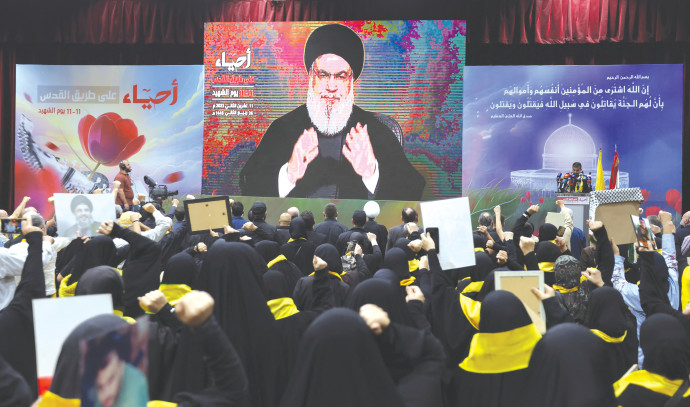In the Middle East, there are currently three linked conflicts occurring. These are Israel’s war against Hamas in Gaza, the ongoing battle between Israel and Hezbollah in the north, and the Houthis’ maritime campaign supporting Hamas against international shipping in the Red Sea/Gulf of Aden area. Since October 7, media coverage has mainly focused on the Gaza war, considering the other two fronts as secondary. However, all three fronts are part of a larger regional dynamic and are currently nearing a critical point.
On the northern border, Israel is primarily focused on the conflict in the south, but has acknowledged the continuing aggression from Hezbollah in the north. There is a low- to medium-intensity conflict occurring north and south of Israel’s border with Lebanon, resulting in daily exchanges of fire and casualties on both sides. Despite Israel having the tactical advantage, the situation is less positive on a strategic level, as many Israelis have been evacuated from their homes due to Hezbollah’s involvement supporting Hamas. Efforts to move Hezbollah forces from the border have been reported, but prospects for this diplomatic effort seem poor.
In Gaza, Israel aims to destroy the Hamas-led authority, and while they have made tactical progress, the strategic outlook is less encouraging. There are conflicting timetables for the military, diplomatic, and hostage situations, with international pressure growing for Israel to wind up operations, potentially allowing Hamas to reemerge as the de facto authority in a large part of Gaza.
The third conflict front in the Red Sea/Gulf of Aden/Yemen is a maritime contest caused by the Houthis’ campaign of attacks on international shipping. This poses a significant threat to global trade, and several major shipping companies have suspended passage through the area. The US has announced the formation of a 10-nation naval coalition to defend shipping from Houthi attacks, but the nature of their operations remains to be seen.
Overall, all three conflicts are influenced by the Islamic Republic of Iran’s support for political Islam movements to push for regional domination. The outcomes of these conflicts depend on the extent of will possessed by the anti-Iranian and anti-Islamist side, and they will ultimately shape the future of Israel and the Middle East.

